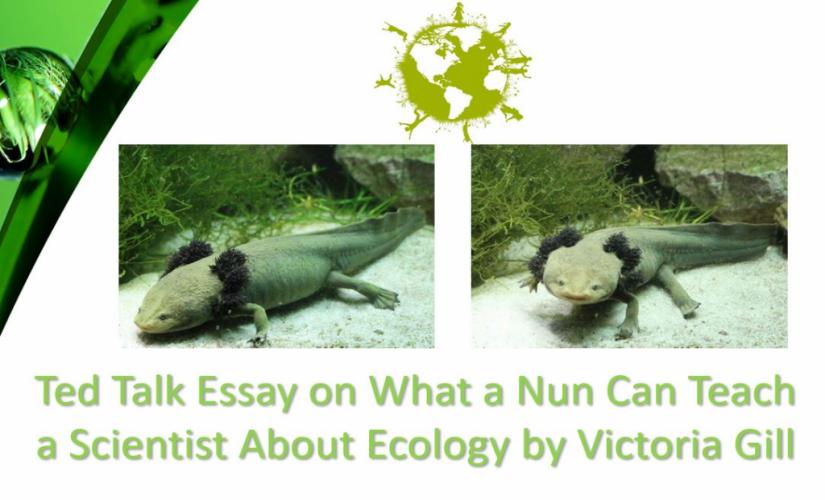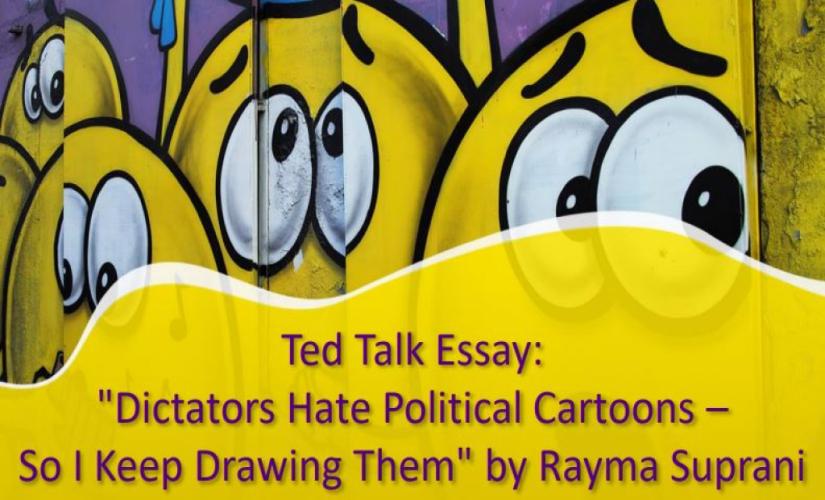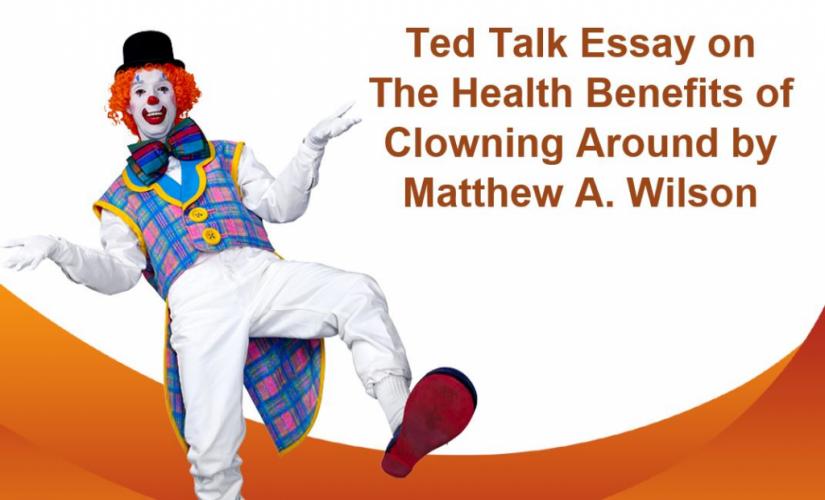By considering this Ted Talk essay, “What a Nun Can Teach a Scientist About Ecology” is a short video of a presentation made by Victoria Gill. Basically, Gill proposes the idea of a need to incorporate the knowledge possessed by indigenous people with science to restore the ecology. In this case, she uses the case of an achoque, an axolotl species in the blink of extinction and now under the care of nuns from the Sisters of Immaculate nunnery in Mexico, to explain the significance of indigenous people in ecological restoration. Gill uses pieces of evidence she gathered in the field and facts to show people that traditional knowledge is as crucial as scientific researches in environmental preservation.
Alternative Measures Ecological Problems
What stands out in the entire video is the presenter’s logical arrangement of ideas. In this case, Gill begins with a case study that opens people’s minds about the need to look for alternative measures to the existing ecological problems. Gill summarizes her argument by saying, “Collectively, indigenous people are the caretakers of an estimated 25 percent of the entire global land surface, including some of the most biodiverse places on the planet” (00:11:45 – 00:11:53). Therefore, it is essential to appreciate the role of traditional knowledge in solving the environmental crisis. Hence, science needs to accommodate indigenous people’s views in solving ecological problems.

Importance of a Discussed Topic
Gill’s video is very persuasive. According to Greenberg, a presenter ought to have a brief and explicit main issue that is relevant rather than having a full and complex content aimed at impressing the audience (par. 3). Gill’s presentation takes less than a quarter of an hour. In this case, she is not only precise but also able to persuade her audience through carefully selected words, shreds of evidence, and jokes. Hence, her ability to relate practical evidence and documented facts make her presentation a scientific research and convincing talk at the same time.
Bias
There are no biases in the video. Basically, Gill does not disregard the importance of scientific research in ecological restoration but urges the integration of scientific studies with traditional knowledge. According to Uprety et al., there exist multiple published articles on indigenous people’s knowledge, but only a few explains the significance of traditional knowledge on ecological restoration (225). Incorporating the indigenous peoples’ views will help scientists develop alternative measures to environmental issues. In turn, Ansari et al. assert that conservationists and scientists are likely to get critical ideas on historical and social aspects of ecology from indigenous people, which might be omitted during scientific researches (527). Therefore, traditional knowledge may supplement existing scientific knowledge. The documented scientific studies act as pieces of evidence in justifying Gills’ views.
Conclusion
In conclusion, Gill’s video is persuasive and unbiased. She explains how symbiotic relationship that exists between indigenous people and the environment can be used to solve ecological problems. Her video shows the significance of integrating science with invaluable traditional knowledge that has often been ignored and disregarded during scientific researches. Scientific researches are essential in finding a solution to the current environmental issues but need to take into consideration non-scientific knowledge possessed by local people and communities.
Works Cited
Ansari, Abid A., and Sarvajeet S. Gill. Plant Biodiversity: Monitoring, Assessment, and Conservation. CABI, 2016.
Gill, Victoria. “What a Nun Can Teach a Scientist About Ecology.” TED, 2020, www.ted.com/talks/victoria_gill_what_a_nun_can_teach_a_scientist_about_ecology.
Greenberg, Jason. “4 Tips to Make Sure Your Speech Goes Well.” Ucommunicate, 2019, www.ucommunicate.org/4-tips-to-make-sure-your-speech-goes-well/.
Uprety, Asselin, et all. “Contribution of Traditional Knowledge to Ecological Restoration: Practices and Applications.” Écoscience, vol. 19, no. 3, 2012, pp. 225-237, doi:10.2980/19-3-3530.


